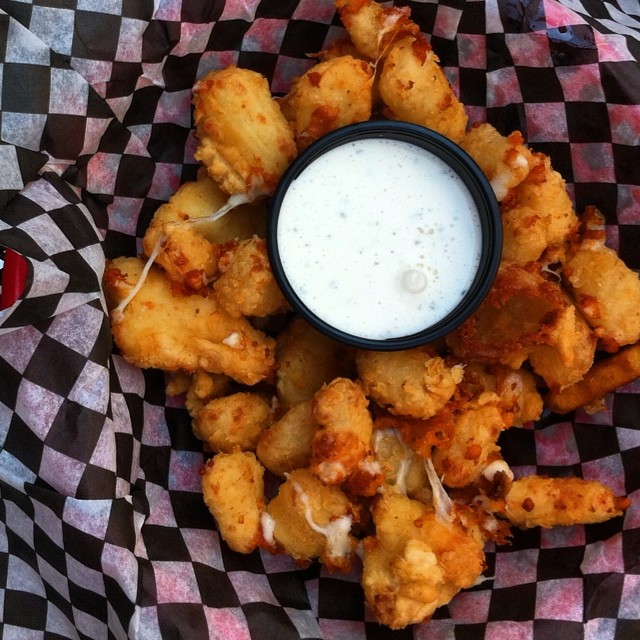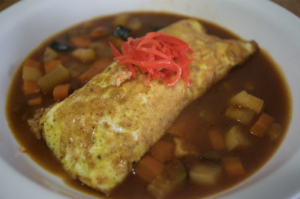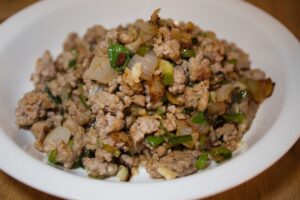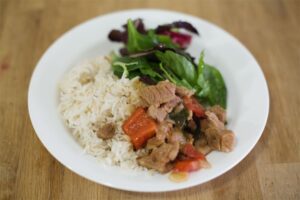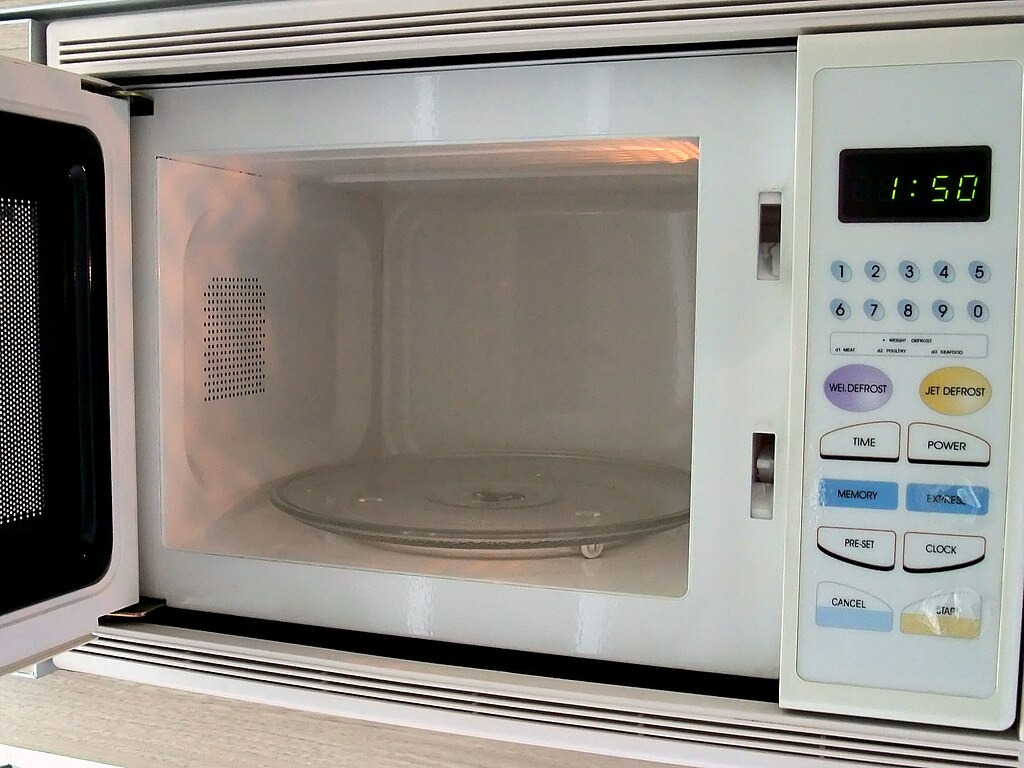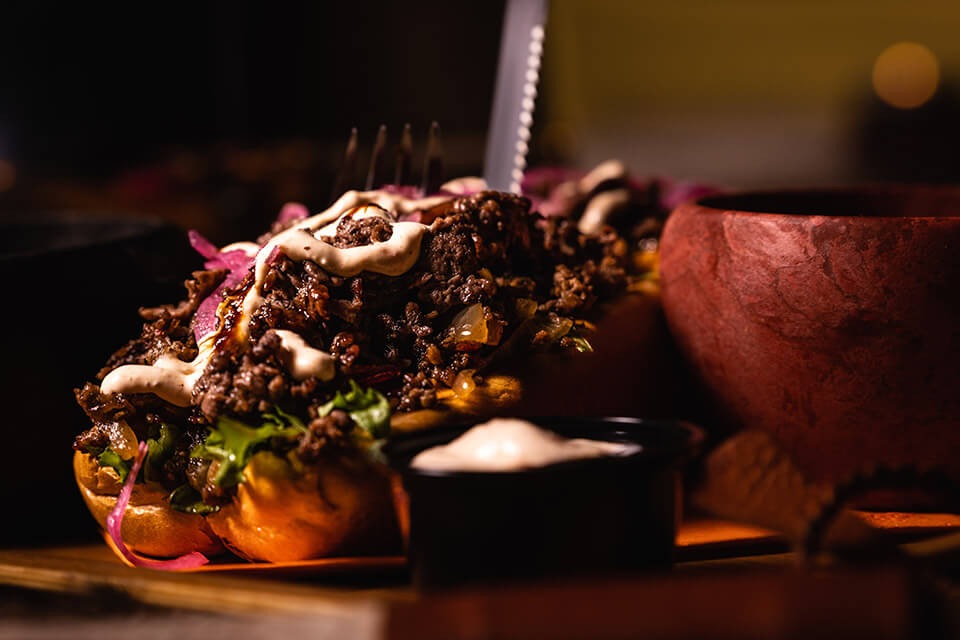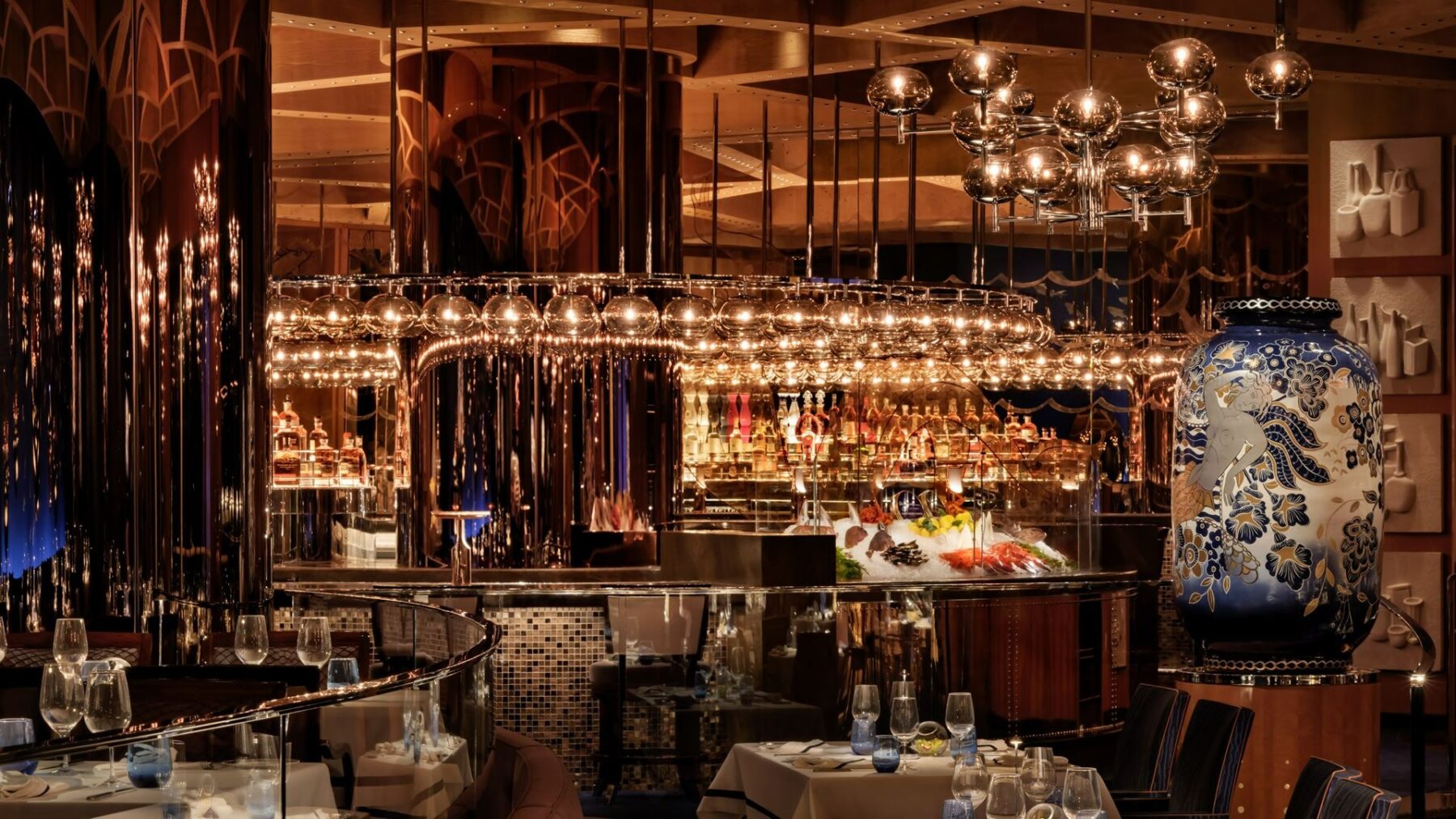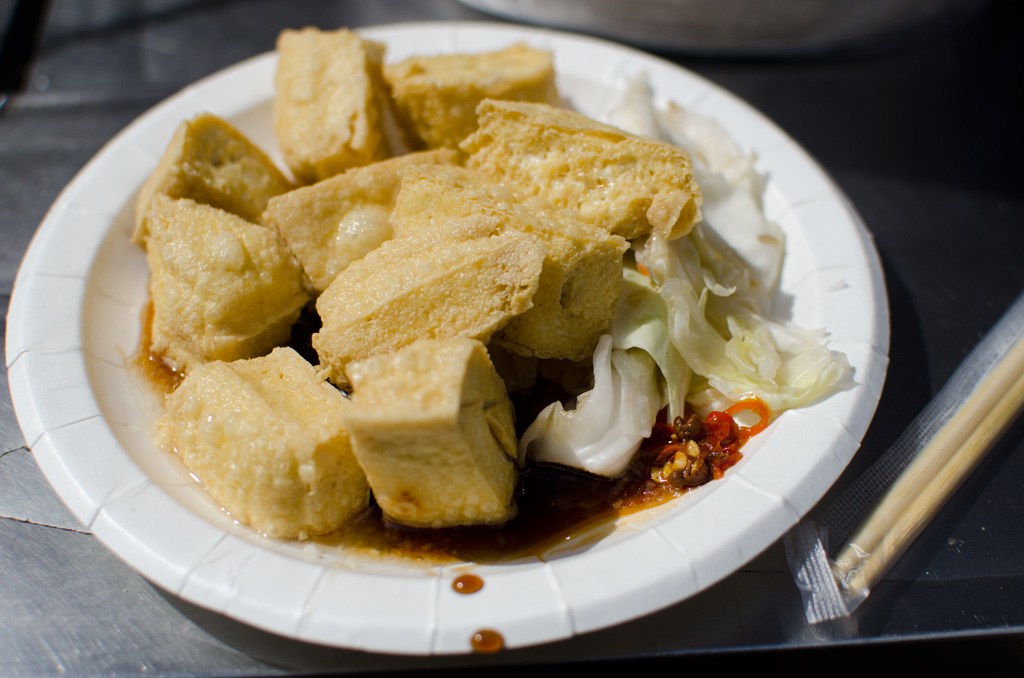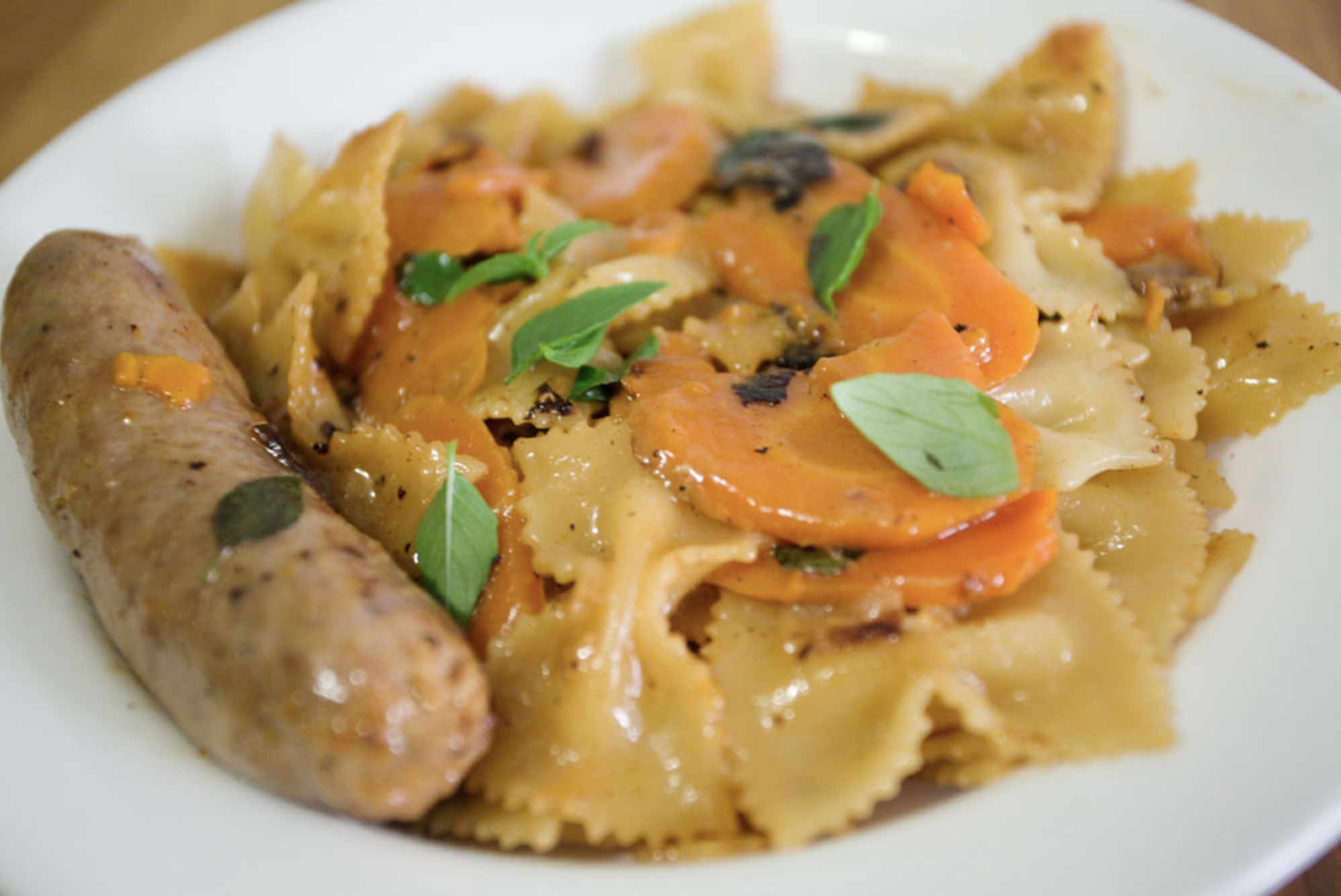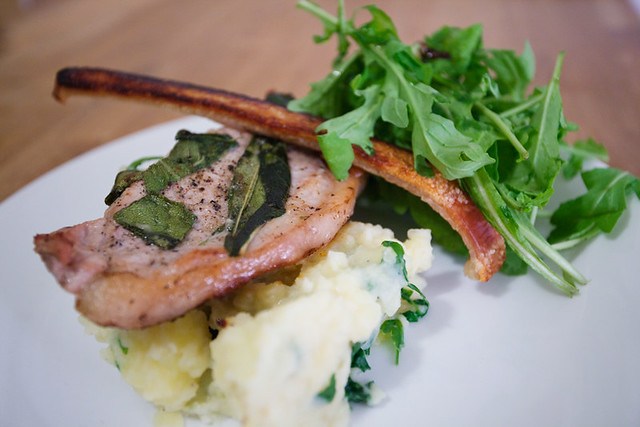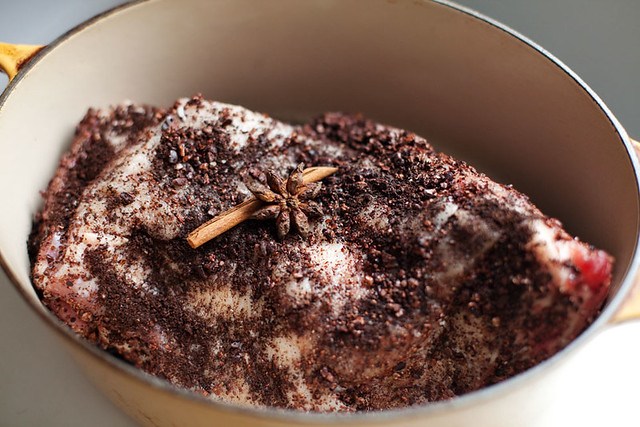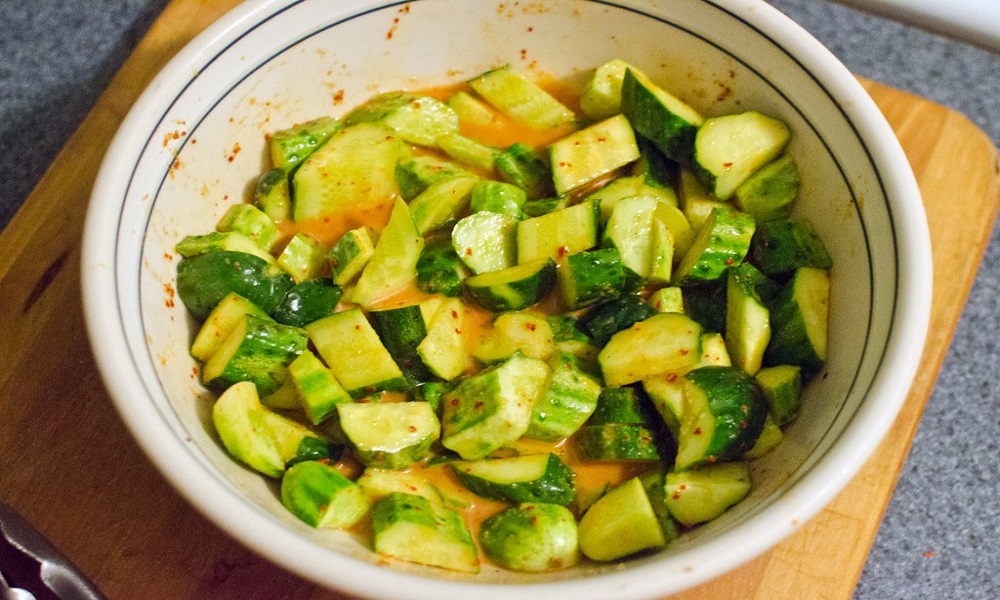The NFL Draft weekend transformed Green Bay into a corporate-sponsored carnival of sports commerce—but the real story was unfolding in unassuming kitchens across Wisconsin. While ESPN focused on draft picks and trade packages, visitors ventured beyond the NFL-sanctioned perimeter to discover a culinary scene that defies the cheese-fixated stereotypes often associated with the state.
Interviews with Draft attendees revealed a pattern: initially modest expectations followed by genuine surprise at both quality and authenticity. This reaction suggests that mainstream food media may have overlooked significant culinary developments taking place throughout the Midwest region.
Consider Paoli’s Seven Acre Dairy Company, located in Wisconsin’s Driftless region. While urban establishments often promote farm-to-table concepts, this former dairy processing facility authentically embodies that ethos. The on-site restaurant, Little Cloud, serves a “dairy experience” that reimagines the coastal seafood tower concept—presenting Wisconsin’s agricultural heritage through preparations that showcase technical precision without pretension.
Food professionals attending the Draft noted that Wisconsin’s culinary scene maintains a focus on substance over style. In Princeton (population 1,504), Horseradish Kitchen transforms standard sandwich architecture into something remarkable. Using fresh bread from Renard’s Bakery located nearby, their Midwest Beet sandwich creates a structural balance that combines sophisticated flavor profiles with accessible pricing.
The state’s liquid offerings further distinguish Wisconsin’s culinary identity. While craft beer trends come and go elsewhere, Wisconsin’s brewing tradition blends heritage with innovation in ways that maintain regional character. New Glarus Brewing’s Spotted Cow—available exclusively within state lines—became a sought-after beverage during Draft weekend, with visitors frequently inquiring about where to find it and how to transport it home.
Draft attendees consistently mentioned the authentic nature of their Wisconsin dining experiences, highlighting establishments that seem developed for local tastes rather than national recognition. Madison’s Lola’s Hi-Lo Lounge exemplifies this approach with its unpretentious atmosphere combined with sophisticated flavor profiles.
As Draft festivities concluded, tourism officials reported increased summer booking inquiries, suggesting Wisconsin’s culinary identity may have more lasting economic impact than the event itself. Officials had projected the Draft would generate approximately $94 million in statewide economic activity, though economists typically debate the accuracy of such figures.
What seems certain, based on visitor reactions, is that Wisconsin’s food scene has established itself as worthy of national attention. The Draft inadvertently provided a platform for visitors to discover culinary experiences that transcend stereotypes and demonstrate the depth and authenticity of Midwest regional cuisine—even as much of the food media establishment continues to focus its attention primarily on coastal culinary centers.


